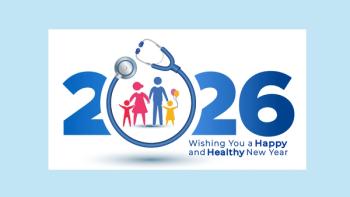
|Slideshows|January 28, 2020
Electronic prior authorizations in healthcare today
Author(s)Todd Shryock, Logan Lutton
Electronic prior authorizations could save $454 million annually.
Advertisement
A study conducted by CAQH CORE, a nonprofit alliance committed to streamlining the business of healthcare, found that moving to fully electronic prior authorizations could save the medical industry $454 million annually.Here are other key facts about electronic prior authorizations from the study.
Newsletter
Stay informed and empowered with Medical Economics enewsletter, delivering expert insights, financial strategies, practice management tips and technology trends — tailored for today’s physicians.
Advertisement
Latest CME
Advertisement
Advertisement
Trending on Medical Economics
1
Physicians turning to AI for clinical support, not just paperwork, athenahealth survey finds
2
Medicare’s $10 billion wake-up call: Wound care is more than numbers — why primary care physicians must step up in 2026
3
Staying healthy, getting healthier in 2026
4
Five email security priorities every private practice should adopt in 2026
5








